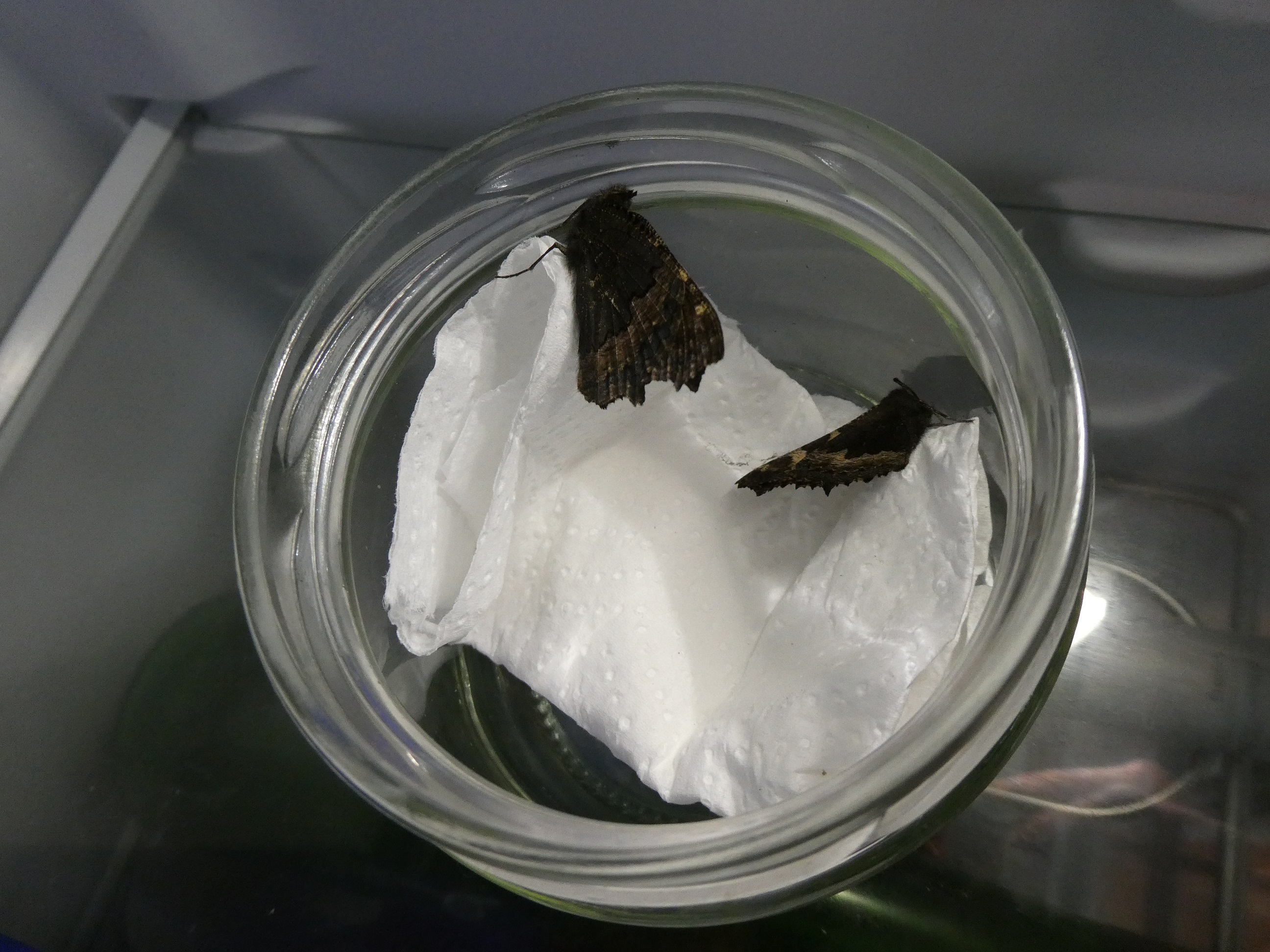At this time of year, day-length is increasing and the angle of the sunlight is reaching further indoors. The light is reaching tucked-up butterflies, rousing them and causing them to appear at windows.
No matter how energetic the butterflies are as they toss themselves against the glass, it is not the time for their release. It is bitterly cold, wet and occasionally stormy this February and there have been no records of wild free-flying butterflies so far this year. This weather may continue into March.
Place any butterfly that has awoken in your home in a glass jar, lined with a kitchen roll. You can place more than one butterfly in the jar. Place in the fridge and release only when there is a warm, settled spell, usually from late March. I have over-wintered a Small Tortoiseshell until mid-May. It flew energetically away, apparently none the worse for its extended rest.
Not all butterflies survive, even when the recommended measures are used. It is likely that these casualties arise from insufficient weight gain pre-winter or loss of weight during the winter when fat reserves are wasted flying indoors for a prolonged period.
Owing to the volume of inquiries this winter, we will advise when to release the butterflies.
Here is a photograph of two Small Tortoiseshells on kitchen roll in a glass jar that I am over-wintering in my fridge where the temperature of four Celsius is ideal to keep them dormant.


